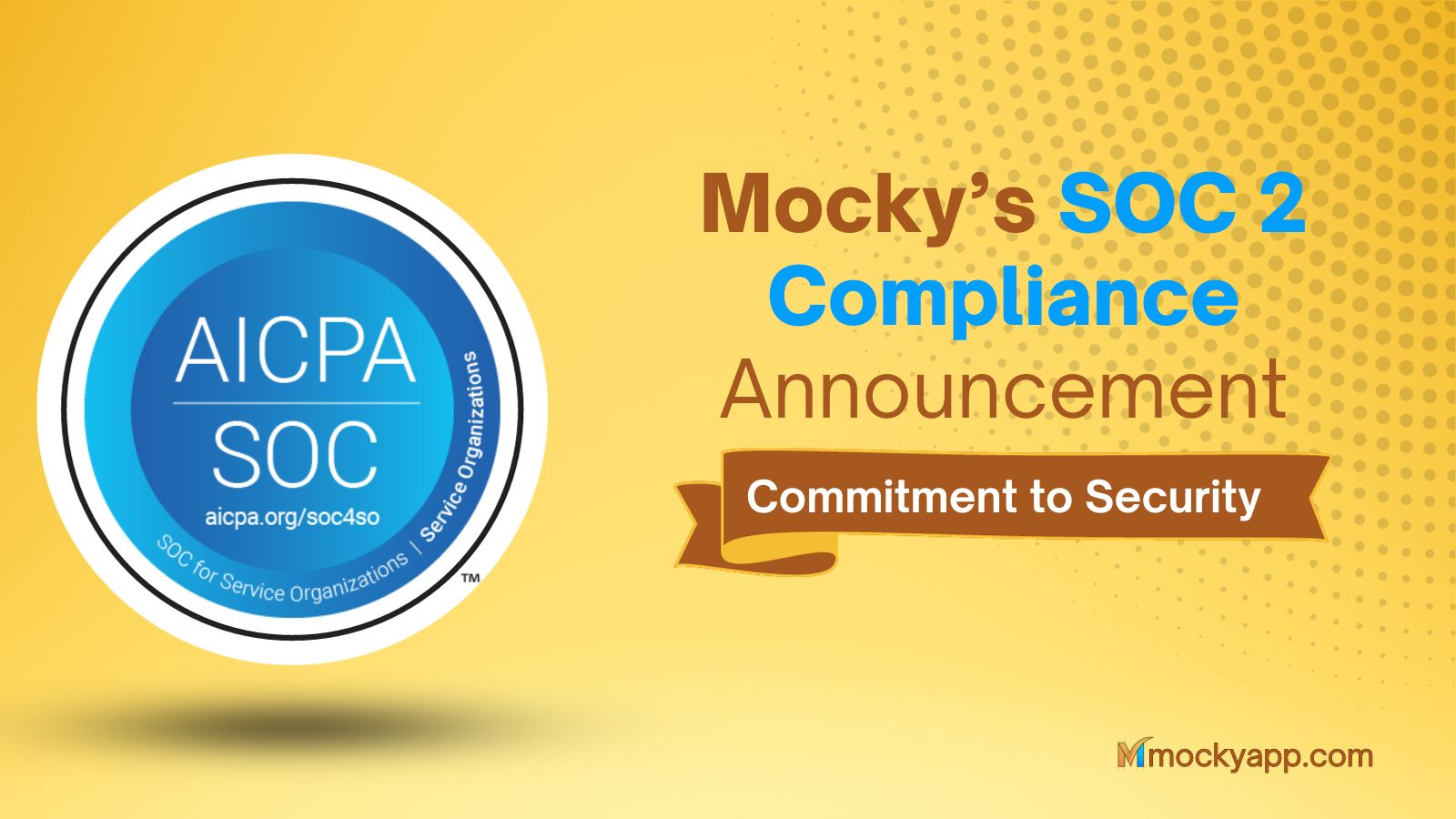Table of Contents
What is a SWOT Analysis? Practices on Confluence with Mocky’s templates
Understanding your organization’s strategic position is crucial because it makes informed decisions that align with the organization’s strengths, weaknesses, opportunities, and threats. A SWOT analysis is a powerful tool to dissect your business’s competitive landscape. This article explores what a SWOT entails and how to effectively conduct one for Confluence, Atlassian’s collaboration and document management tool.
What is a SWOT Analysis?
Understanding SWOT Analysis
A SWOT analysis stands for Strengths, Weaknesses, Opportunities, and Threats. It is a strategic planning method used to identify and understand the internal and external factors that impact an organization’s success.
SWOT can also uncover a business’s current potential and devise a successful strategy for the future. It’s a foundational assessment model that clearly shows where a business stands and what strategic adjustments it needs to thrive.
Importance of SWOT Analysis in Business Strategy
Incorporating SWOT analysis into your business strategy will help identify competitive advantages and areas that need improvement. At the same time, evaluate risks that may endanger the organization’s operations. In this way, it helps to make more informed decisions and helps you develop exactly the right strategy for every problem.
A SWOT analysis won’t solve every big question a company has. However, if applied carefully and collaboratively it will bring significant benefits to your business. By analyzing multi-dimensionally from inside to outside the organization, the SWOT method will help make more accurate judgments and minimize potential risks to business operations.
What are the four parts of a SWOT Analysis?

1. Strengths
Strengths are the unique attributes and resources that an organization possesses, which can be leveraged to achieve its objectives. These are the qualities that set a business apart from its competition, providing a competitive edge.
Strengths can include a skilled workforce, proprietary technology, strong brand reputation, financial stability, and superior customer service. Identifying and maximizing these strengths allow organizations to focus on what they do best, enhancing their market position and enabling sustainable growth.
2. Weaknesses
Weaknesses are internal factors that detract from an organization’s ability to attain its desired goals. These can range from inadequate research and development facilities, a limited product range, poor decision-making processes, to gaps in service delivery or customer support.
Weaknesses reflect the areas where a business falls short and requires attention to prevent it from undermining the organization’s potential. By recognizing and addressing these weaknesses, a company can improve its operational efficiency and competitive stance.
3. Opportunities
Opportunities are external factors that an organization can exploit to its advantage. These can emerge from various sources such as market growth, technological advancements, shifts in consumer preferences, or regulatory changes.
Opportunities represent the potential for organizations to expand their market presence, introduce new products or services, enter new markets, or enhance profitability. Identifying opportunities requires a keen understanding of the external environment and the ability to swiftly adapt to changing circumstances. By capitalizing on opportunities, businesses can drive growth and secure a more favorable position in the market.
4. Threats
Threats are external challenges or obstacles that pose a risk to an organization’s success. They can stem from various sources, including competitive actions, economic downturns, changes in regulatory landscapes, or technological disruptions.
Threats can impact an organization’s ability to operate effectively and achieve its objectives. Identifying potential threats enables businesses to develop contingency plans and strategies to mitigate these risks. Proactive threat management can safeguard an organization’s assets and ensure its long-term viability.
Practices SWOT analysis on Confluence with Mocky’s templates
Leveraging Confluence for SWOT analysis becomes easier and more effective with the use of specialized templates. Mocky for Confluence has available templates designed to guide teams through the SWOT analysis process, ensuring a structured and comprehensive evaluation. Here’s how to make the most of Mocky’s templates for conducting a SWOT analysis on Confluence:
1. Install Mocky for Confluence
Move to the Atlassian Marketplace and enter “Mocky” to find the app. Or click to get Mocky for Jira, and click to get Mocky for Confluence.
For more information, you can read this article: How to install Mocky for Jira and Confluence?

2. Access Mocky’s Templates
Start by accessing Mocky’s collection, and find SWOT analysis templates. These are specially designed for Confluence, ensuring compatibility and ease of use.

3. Customize the Template
Once you’ve selected the appropriate template, the next step is to customize it to suit your organization’s requirements. Mocky’s templates are flexible, allowing you to add or remove sections, modify the layout, and adjust the criteria based on your SWOT analysis focus areas.

4. Gather Input Collaboratively
One of the key advantages of using Confluence for SWOT analysis is its collaborative features. Invite team members from different departments to contribute their insights directly to the template. This collaborative approach ensures a diverse range of perspectives, enriching the analysis.
5. Analyze and Strategize
With all information captured in the template, use Confluence’s tools to analyze the data. You can create charts, tables, or reports within Mocky to visualize the findings.

6. Develop Action Plans
Based on the SWOT analysis, use the template to outline actionable steps. Assign tasks, set deadlines, and track progress directly within Confluence. Mocky’s templates can be integrated with Confluence’s project management features, making it easy to transition from planning to execution.
7. Review and Update
SWOT analysis is an ongoing process. Keep the template updated with new insights and review the analysis periodically. This ensures your strategies remain relevant and responsive to changes within and outside the organization.
Using Mocky’s templates for conducting a SWOT analysis on Confluence not only simplifies the process but also enhances its effectiveness.
Conclusion
Conducting a SWOT analysis can provide valuable insights into its operational strengths and weaknesses, as well as external opportunities and threats. By understanding these elements, your organization can develop a strategic plan that leverages its advantages, improves its performance, and ensures its long-term success.











